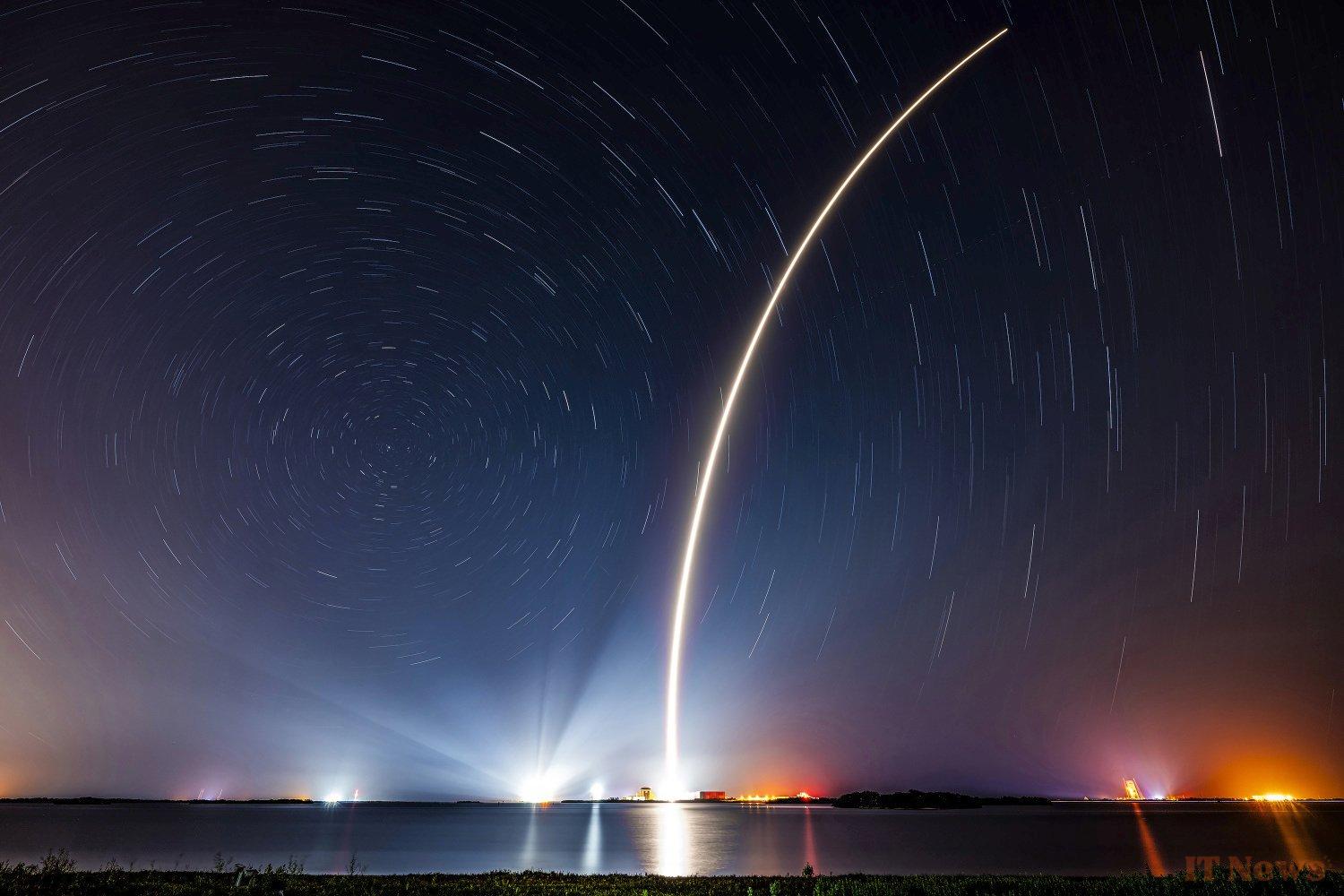What a start to the week for space. Between Monday, April 28 and Tuesday, April 29, no fewer than six rockets took off, setting a new record for the fastest launch time in less than 24 hours (less than 18 hours to be exact). Unlike a traditional fireworks display, the grand finale began Monday morning in China, with four launches in less than six hours. The other two took place later, on Tuesday morning.
The first four launches in question concern both China and the United States. It all began with the liftoff of China's Long March 3B launch vehicle from the Wenchang base on Hainan Island, sending satellites into low Earth orbit. Like Starlink, these satellites join the Guowang broadband megaconstellation, which aims to provide high-speed internet access anywhere on Earth, including remote rural areas and the middle of the oceans.
No more than 30 minutes later, the series of launches continued across the Pacific with a SpaceX Falcon 9 rocket. As part of a new mission to send Starlink satellites, the launcher took off from California's Vandenberg Space Force Base, carrying 27 vehicles.
For the first time, Amazon's Project Kuiper sent up a batch of satellites for its new constellation, which also aims to provide high-speed internet coverage. The company used a United Launch Alliance (ULA) Atlas V rocket, launching from Florida, followed 3.5 hours later by another Starlink mission by SpaceX from the Kennedy Space Center.
Of these four launches, it's worth noting that each rocket took off from a different space center. Space Coast and the Kennedy Space Center in Florida are quite different, as are Vandenberg Air Force Base and Wenchang Air Force Base. All missions were also launched on behalf of megaconstellations of broadband satellites, for the creation of a high-speed satellite internet network in low Earth orbit. The Guowang and Kuiper constellations are both new and compete with Starlink, which already has more than 7,000 satellites in orbit.
A European rocket, the Vega-C
A few hours later, it was the turn of Arianespace and Europe to launch its final countdown. On the morning of Tuesday, April 29, from Kourou in French Guiana, a Vega-C rocket ignited its engines to put a forest monitoring satellite into orbit for the European Space Agency (ESA). A fourth launch for Vega-C.
Finally, a few hours later in the United States, another company joined the party: Firefly Aerospace and its new Alpha rocket. For the sixth time in its history, the launcher ignited its engines from Vandenberg with a satellite technology demonstrator from Lockheed Martin on board. Unfortunately, this mission is also the only one of the six to have ended in an incident. During the separation of the first and second stages, the payload was lost.
Source: Space.com



0 Comments